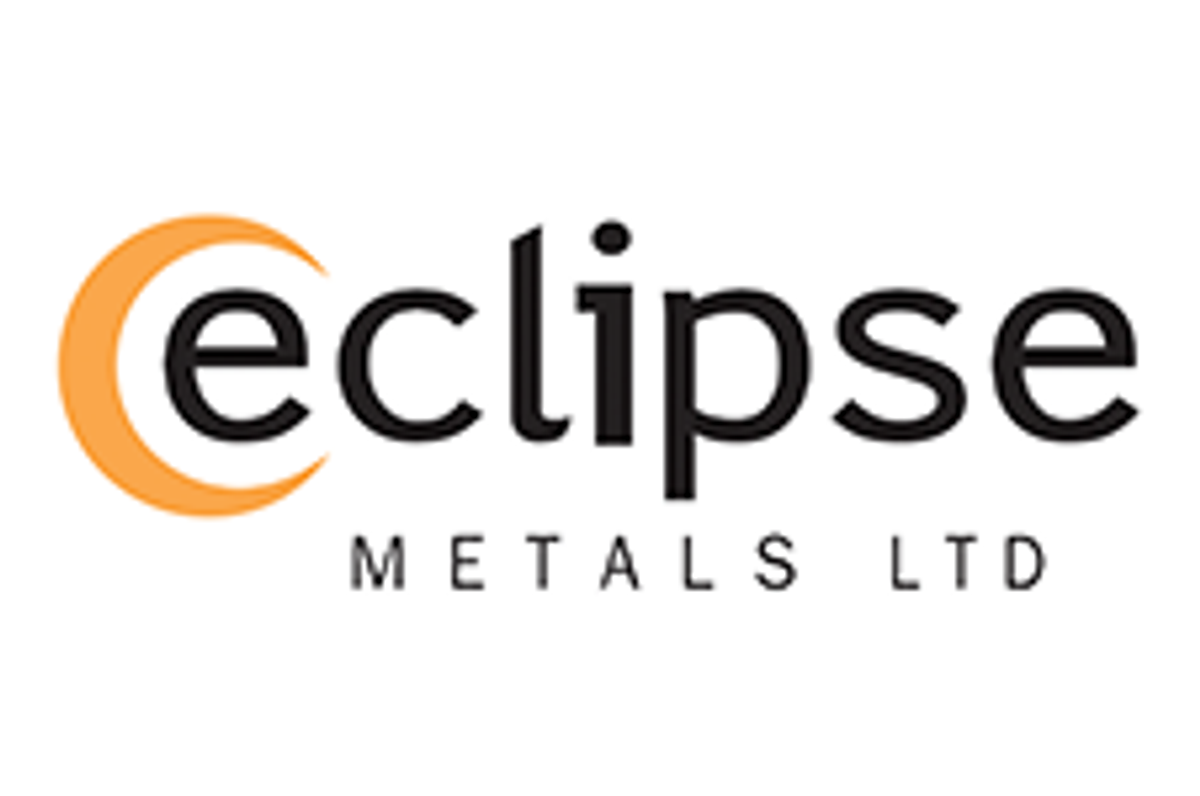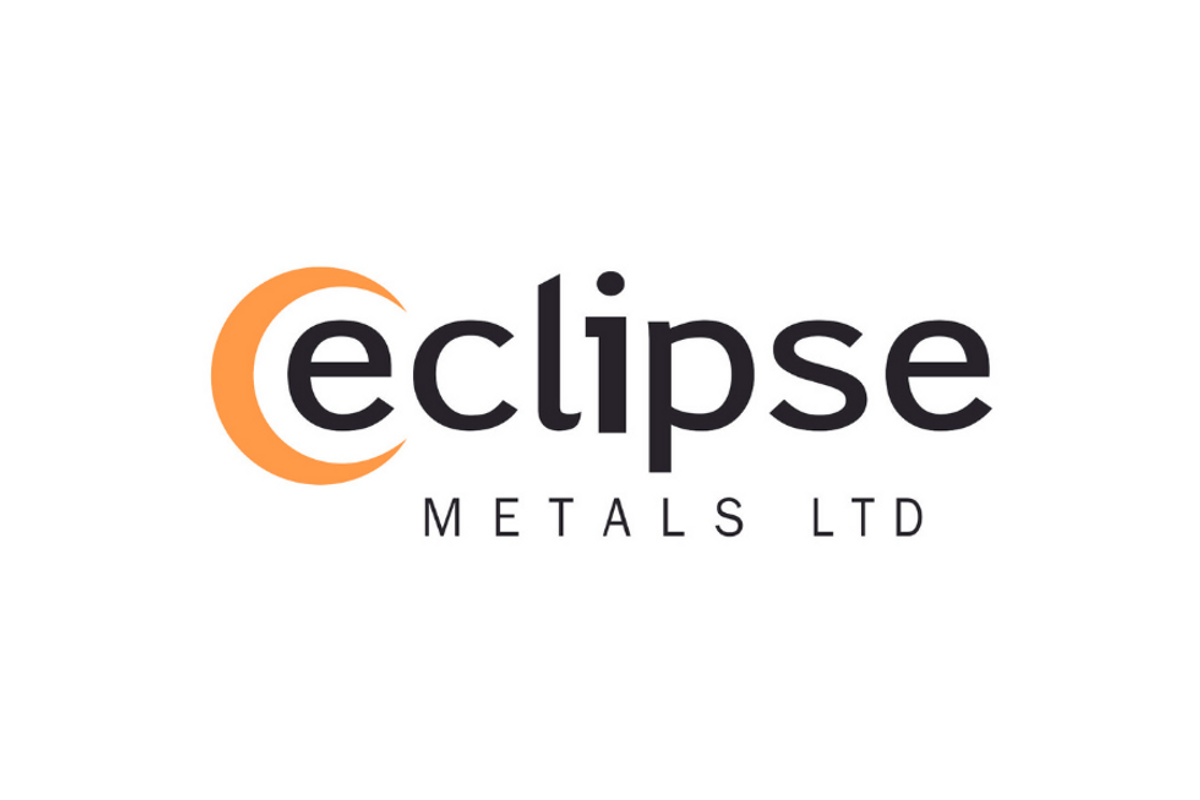
April 19, 2023
Eclipse Metals Ltd (Eclipse or the Company) (ASX: EPM | FSE: 9EU) is pleased to announce it has gained access to historic drill core from Exploration Drillhole A (Hole A) (Figure 1), which was drilled vertically into the centre of the Ivigtût multi-commodity deposit in Greenland in 1948.
Highlights
- Sampling of a deep diamond drillhole (Hole A) drilled into the centre of the historic Ivigtût mine in 1948 has provided new insights into the polymetallic mineralisation.
- Hole A intersected a 12.7m upper zone of iron-zinc mineralisation and a 3.7m lower iron-zinc-copper zone, both accessible from Ivigtût's existing pit.
- Historic drill holes into these zones returned maximum assay values of 1.7% Cu, 18.2% Zn and 7.7% Pb.
- pXRF analysis of the historic drill core has detected gold, silver, bismuth, tin and tungsten within the iron-zinc ± copper zones, warranting further investigation.
- The pXRF analysis also detected elevated niobium in the greisen body underlying the lower iron- zinc-copper zone. The greisen is known to be enriched in REE, niobium, tin, tantalum and tungsten. Further investigation is warranted.
About Exploration Drillhole A (Hole A)
Hole A, a diamond drillhole drilled vertically from near the centre of the Ivigtût pit floor (Figure 1), was collared 54.00m below sea level and drilled a total length of 502.62 m (Table 1). The hole was completed in 1948.
The main aim of Hole A was to locate additional cryolite zones below the 1948 pit floor, as cryolite was the focus of previous mining at Ivigtût.
The historic drill core from Hole A is held by the University of Copenhagen, Denmark, and available for visual, non-destructive inspection.
Metallogenic domains of the Ivigtût multi-commodity deposit
The Ivigtût deposit can be broadly divided into three metallogenic domains (Figures 2 and 3) (ref ASX announcements dated 10th March 2021 and 29th March 2021):
- Domain 1 (D1) (cryolite and fluorite) is a circular feature measuring approximately 200 m in diameter, developed immediately below the base and lower edges of the open pit. Immediately below the open pit this domain averages 6m, ranging between 4m and 25m true thickness. At the lower corners of the pit the domain bulges out to a thickness of up to 30m.
- Domain 2 (D2) (iron and zinc) is an essentially flat to shallow southwest-dipping tabular body located directly beneath D1. Under the central part of the pit the vertical separation between D1 and D2 is approximately 25m. Towards the pit perimeter, the two zones intersect. Zinc mineralisation within D2 is considered to have a very close association with occurrence of siderite (iron carbonate). Historical drilling campaigns only assayed for base metals to a limited extent with little work focusing on potential zinc mineralised lodes. Some of the drilling has yielded high grade base metal values such as 1.7% Cu, 18.2% Zn and 7.7% Pb (ref ASX announcement dated 10th March 2021) hosted within the iron (siderite) mineralised lode. There is evidence of limited historic underground extraction below the northern part of the pit. These workings appear to have focused on a zone of higher-grade zinc below D1. Most of the zinc mineralisation is hosted within >30% Fe-rich zones and remains largely untested.
- Domain 3 (D3) (quartz) lies directly below the cryolite-fluorite and iron-zinc zones. It forms a flat roughly circular intrusive body 220m in diameter with a thickness of approximately 90m comprising of high-grade quartz.
Inspection of Hole A
Logging of the upper portion of Hole A, from 0m to 221m down hole, identified several distinct zones (Figure 4), including cryolite, siderite, zinc, greisen, quartz and zinc-copper zones, which are broadly consistent with the previously identified and modelled domains D1 (cryolite and fluorite) and D2 (iron and zinc) and D3 (quartz) (ref ASX announcements dated 10th March 2021 and 29th March 2021).Examination of Hole A by Eclipse has served to visually corroborate reports of mineralisation remaining under the present Ivigtût pit floor (Bondam, 1991). The assessment has also served to substantiate significant grades of zinc in a previously identified southwest-dipping tabular body (Domain 2) located directly beneath Domain 1 of the mined cryolite-fluorite body (Figures 2 and 3) (ref ASX announcement dated 10th March 2021).
Spot measurements taken with a portable X-ray fluorescence analyser (pXRF) returned promising zinc and niobium results from certain downhole intervals of Hole A, along with highly anomalous spot values of lead, copper, gold, silver, bismuth, tin and tungsten (Figure 4). Whilst zinc (results ranging from 0.3% to 18.2% Zn), copper (0.04% to 1.7% Cu) and lead (0.05% to 7.7% Pb) are known from the historic Ivigtût drillhole assay data (ref ASX announcement dated 10th March 2021), the presence of niobium as well as gold, silver, bismuth, tin and tungsten warrants further investigation.
Click here for the full ASX Release
This article includes content from Eclipse Metals, licensed for the purpose of publishing on Investing News Australia. This article does not constitute financial product advice. It is your responsibility to perform proper due diligence before acting upon any information provided here. Please refer to our full disclaimer here.
EPM:AU
The Conversation (0)
25 March 2024
Eclipse Metals
Pursuing Multi-commodity Assets to Support Decarbonization
Pursuing Multi-commodity Assets to Support Decarbonization Keep Reading...
Latest News
Latest Press Releases
Related News
TOP STOCKS
American Battery4.030.24
Aion Therapeutic0.10-0.01
Cybin Corp2.140.00
